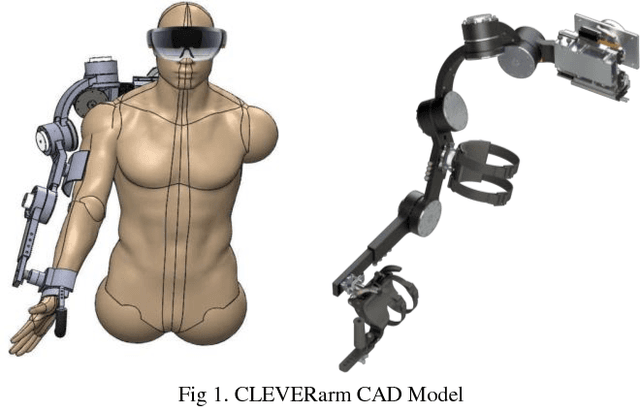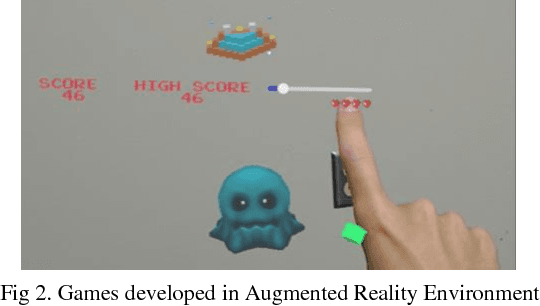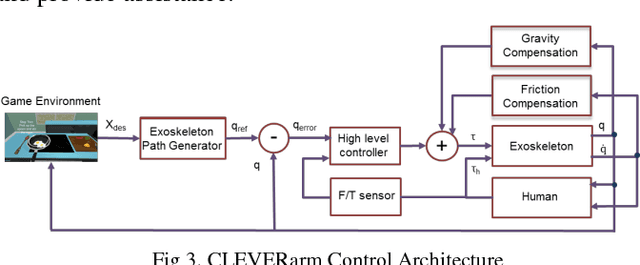Challenges and Opportunities in Exoskeleton-based Rehabilitation
Paper and Code
Dec 18, 2017


Robotic systems are increasingly used in rehabilitation to provide high intensity training for patients with motor impairment. The results of controlled trials involving human subjects confirm the effectiveness of robot-enhanced methods and prove them to be marginally superior over standard manual therapy in some cases. Although very promising, this line of research is still in its infancy and further studies are required to fully understand the potential benefits of using robotic devices such as exoskeletons. Exoskeletons have been widely studied due to their capability in providing more control over paretic limb as well as the complexities involved in their design and control. This paper briefly discusses the main challenges in development of rehabilitation exoskeletons and elaborates more on how some of these issues are addressed in the design of CLEVERarm, a recently developed upper limb rehabilitation exoskeleton. The paper is concluded with several remarks on the current challenges in wide-spread use of exoskeletons in medical facilities, and a vision for the future of these technologies in rehabilitation medicine.
 Add to Chrome
Add to Chrome Add to Firefox
Add to Firefox Add to Edge
Add to Edge